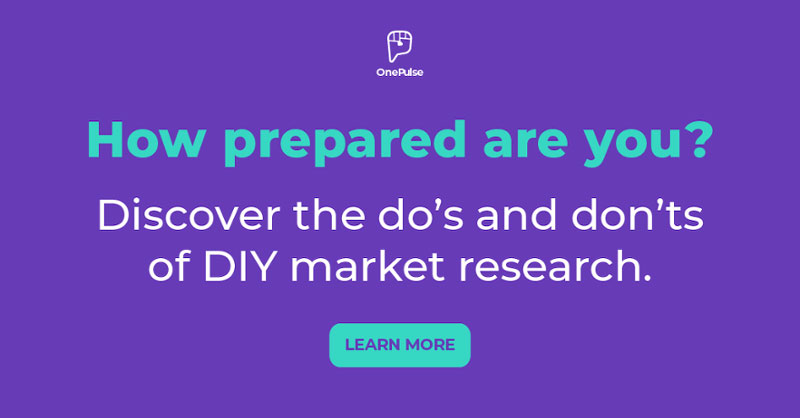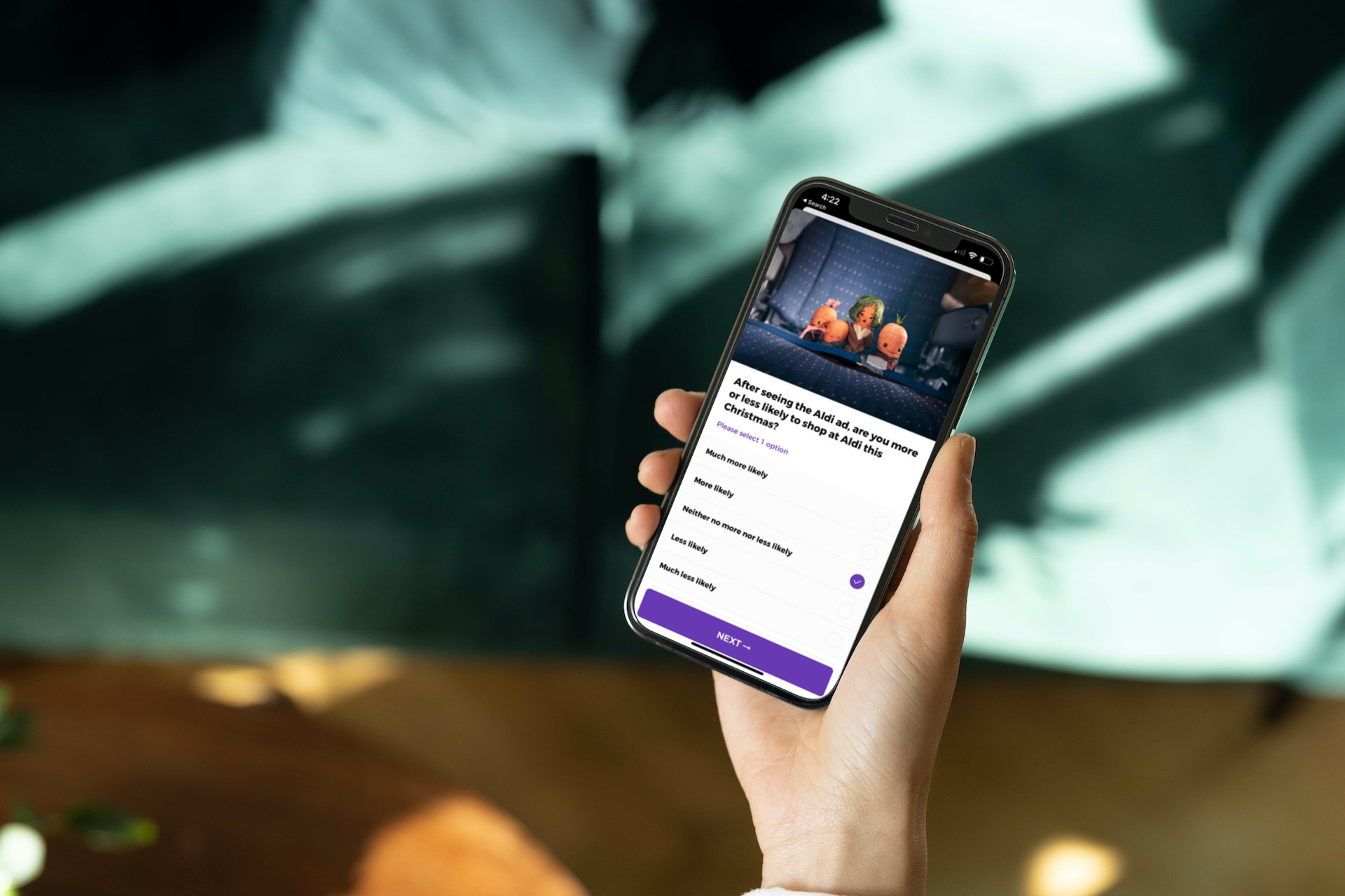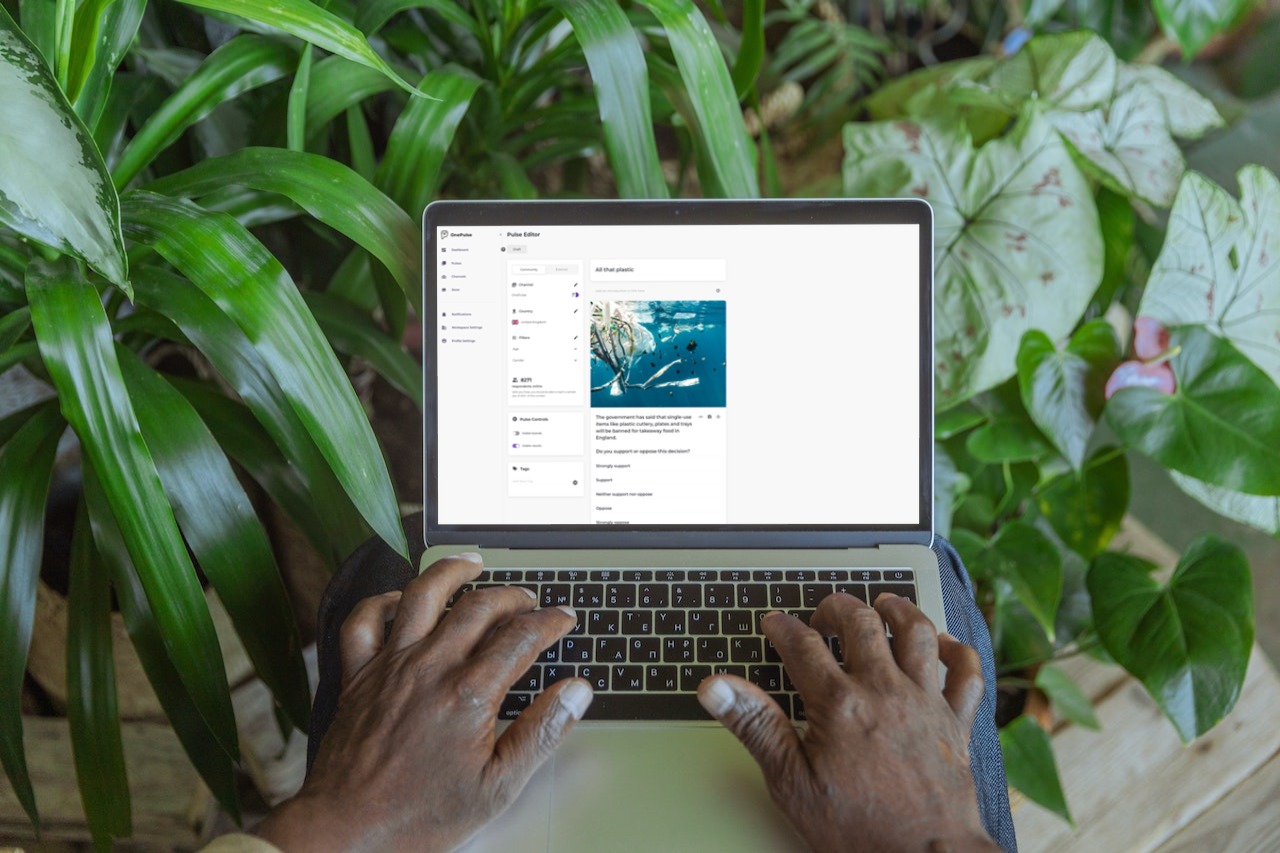What is Consumer Profiling?
[…]

Your Guide to Profiling Customers and Why Understanding Customer Types Should Guide Your Marketing
How well do you know your customers? Consumer profiling helps you build a clearer picture of your customers’ likes, dislikes, habits, and other characteristics that you can use to create better products or more effective marketing campaigns.
Think of it like gift-giving in a relationship.
That first birthday or holiday after you start dating, you’re still not totally sure what to get your new significant other, so you opt for a safe choice like flowers or chocolates. They’re appreciative but not blown away by your thoughtfulness and keen insights into their personality. You date a little bit longer, and when the next gift-giving occasion arrives, you know exactly what they want: the Hogwarts Castle Lego set.
Once you know someone is a Harry Potter fan and loves Legos, splurging on an expensive set makes sense. But if you don’t know them well, you cannot justify the risk of spending a ton of money on something they may not like.
Consumer profiling helps eliminate some of the risks of failed products or marketing campaigns by allowing you to tailor your offerings to your customer’s tastes and preferences.
Recommended: 5 things to know about DIY research tools
What is Consumer Profiling?
Consumer profiling uses data and analytics to help identify and target your ideal customers.
Types of information in a consumer profile include:
- Demographic
- Age
- Job
- Income
- Education
- Gender
- Family Status
- Behavioral
- Purchase patterns
- Website or app engagement
- Product Usage
- Frequently visited websites
- In-Store shopping habits
- Psychological
- Likes
- Dislikes
- Values
- Interests and Hobbies
- Geographic
- City
- Region
- Average Household Income for ZIP Code
- Proximity to a Physical Location or Store
You’ll use all this information to try to answer basic questions about your customers, including:
- How can we target these customers?
- What matters to the customer?
- What interests or motivates customers?
- How can we best reach these customers?
- What customer trends do we need to be aware of?
- What problems do customers face?
- What do customers think of our products or brand?
How to Build a Consumer Profile
Consumer profiling is not hard if you have the right data and tools. To begin, you organize what you do know about your customers. The research you gather will fill in the rest. To get started, follow these steps:
1. Identify your customer types.
Decide what types of customers you’re trying to reach. If you’re launching a new product line or expanding into a new market, you might be reaching an entirely new type of customer. Identify the types of customers your business serves and build a profile for each.
2. Analyze existing customer data.
Look at your current customers to start building your profiles. Use demographic data and purchase patterns to identify trends and common themes. For example, you might notice that 60% of your customers are female and the top referral source for your website is Facebook ads.
3. Use research to fill in the gaps.
Use market research to fill in the additional information you need for your customer profile. Short mobile surveys are useful for gathering consumer insights on your brand or more general psychographic details.
4. Collate your findings.
Take what you learned from your current customers and your research to build your profile. You’ll also want to consider any industry or market trends. Profiling is not a math equation. You can’t add all the elements up to get one right answer. Think of it more like a science experiment. Given the data we have, we hypothesize that this is who our ideal customer is and how they act.
5. Tweak your profiles as you learn more.
Continue to analyze and optimize your consumer profiles. As you gather additional research or customer insights, adjust your profile to match the latest data.
Here’s an example of what it looks like going through all the steps:
Calvin’s Coolers sells rotomolded coolers and soft sided coolers, including smaller lunch box size coolers. They identified they serve two main types of customers: outdoor enthusiasts and office workers who want a decent lunch box.
From their existing customer base, they know outdoor enthusiasts tend to be men in the 30s to 50s and the office workers were more equally split between men and women in the same age range.
To learn more about each customer type, they conducted short surveys and found the enthusiasts were primarily interested in fishing and tailgating. The enthusiasts tended to shop at higher-end stores like REI and cared about quality. The office workers were more price-conscious.
The reason they take their lunch is to save money. The marketing team used the profiles to add more product images of people tailgating with the coolers and focused their sales and discounts on the lunch-sized coolers.

Benefits of Consumer Profiling
Consumer profiling helps companies build better marketing strategies and products, which leads to better outcomes. Benefits of consumer profiling include:
Lower customer acquisition costs and better conversion rates.
If you develop more targeted ads and messaging, you can expect higher conversions and lower acquisition costs. Customers respond best to personalized messages. An accurate profile helps you build ad creative that speaks to your customers’ pain points. If you know your customers’ habits you can also better identify where to place your ads, so they’re most likely to be seen and clicked.
Better customer experience and service.
Much like how a few more weeks of dating allow you to pick better gifts for your new partner, consumer profiling helps you deliver better customer service. You can improve your customer experience by offering more personalized product recommendations. If you know your customer’s common pain points, you can create better processes for resolving any issues.
Lower customer churn or higher repeat sales.
Improved customer experience and service should lead to greater customer satisfaction. Satisfied customers are less likely to cancel subscriptions or services and more likely to make another purchase. Consumer profiling doesn’t just help decrease marketing and advertising costs; profiling can also drive increased sales.
Getting Start With Consumer Profiling
A consumer profile is only as good as the data that goes into it. You may already have some demographic information and buying history from your current customers. But if you’re a startup trying to launch a new product, you might not have any current customers.
Either way, OnePulse’s opinion platform can help you fill in the gaps in your consumer profile.
Related posts








